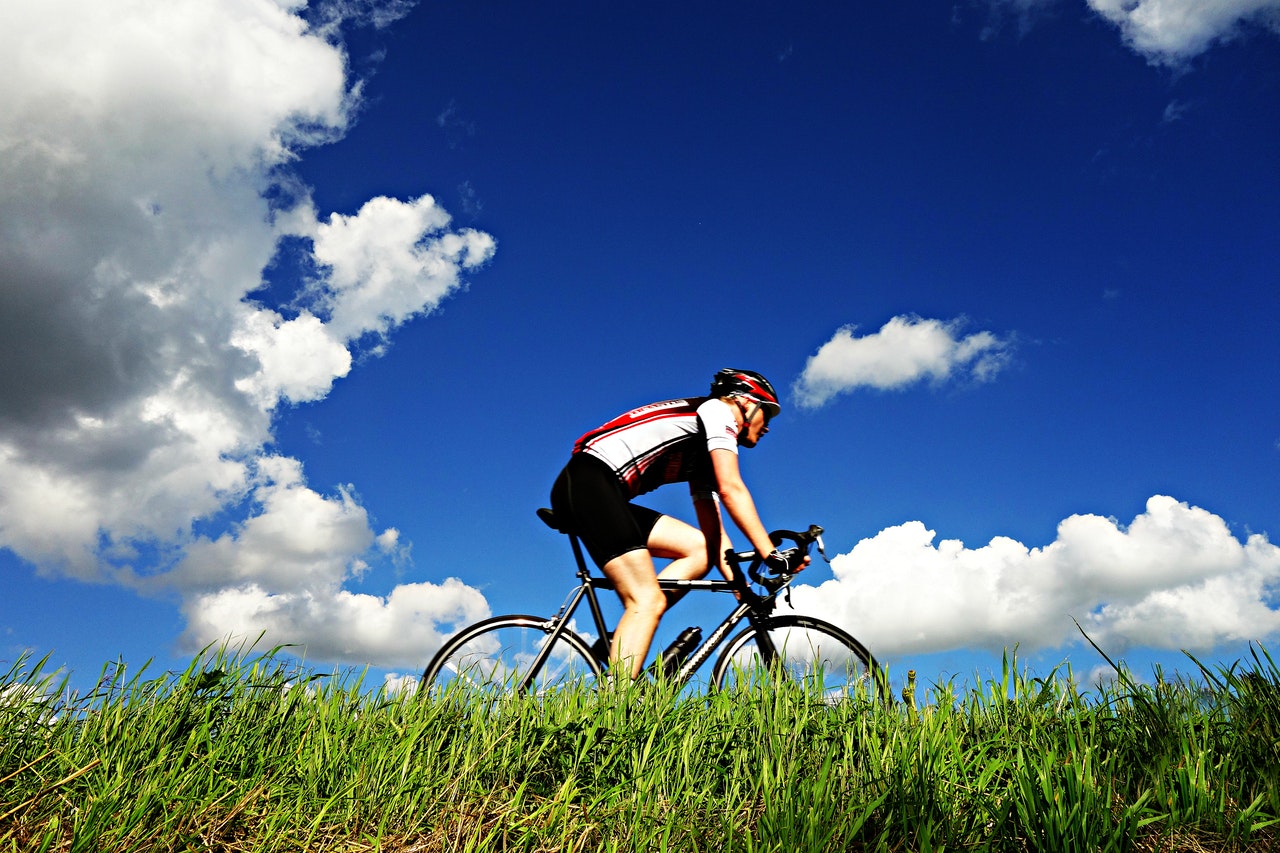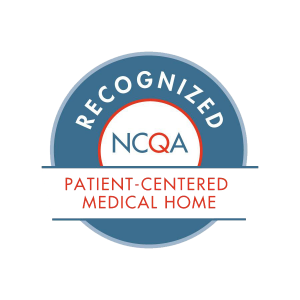
Summer means warm, sunny weather and more people out walking, running, biking, and doing the things we love. This also means more people sharing our roads, and the potential for serious accidents.
In the past year in Clackamas County and our surrounding areas there have been numerous bicycle versus motor vehicle and pedestrian versus motor vehicle accidents, some of them fatal. These tragedies are largely preventable.
As a runner, I cannot count the number of times I’ve almost been hit by cars on our local roads. In April of 2017 I was hit by a motorist who ran a stop sign exiting the Fred Meyer parking lot in Canby, and ended up on the hood of his car, luckily uninjured. I hear about these accidents and near misses from my patients too, and not just from the runners and bicyclists – motorists are frustrated and scared that they will hit someone, and not because they are distracted drivers.
We’ve all probably had a pedestrian dart out in a crosswalk when we didn’t expect it, and we’ve all probably seen a bicyclist around town blow through an intersection without regard to the traffic signals, traffic patterns, or pedestrian crosswalks. In the end, what the runners, bicyclists and motorists all usually tell me is the same: “They should be watching out for me!”
“Safety is a culture that begins with personal responsibility.” I think that’s a nice way to frame this issue for what it is – one of personal responsibility both in how you act on the road, and how you act toward others who share the road.
I hope the following tips are a useful reminder of how we can share our roads for the safety and well-being of our communities.
What can I do as a bicyclist?
- Wear a proper fitting helmet. Each year in the US, there are more than 50,000 accidents between bicycles and cars and more than 600 deaths. Helmets would prevent more than 80% of all bicycle injuries suffered in these accidents.
- Wear bright clothes to make yourself visible. If biking in darker hours, wear reflective gear and lights.
- Obey traffic rules and make your actions predictable for others around you. Bicyclists should always ride with the flow of traffic.
It is legal, and sometimes safest, for a bicyclist to “take the lane.” If a bicyclist is continuing through an intersection where there is also a turning lane, it makes sense for a bicyclist to join cars in the through lane. Again, as a cyclist, make your actions predictable and communicate with the cars around you so everyone can stay safe.
What can I do as a walker/runner?
- Use side walks and secondary roads when possible. Each year in the US, more than 4,000 pedestrians die in car accidents and more than 70,000 are injured.
- Wear bright clothes to make yourself visible. If walking or running in darker hours, wear reflective gear and lights.
- Pay attention! Runners have a way of “zoning out” or “getting in a groove” as some call it. With this, plus having headphones in, or having a conversation with a running buddy, plus some nice scenery… it is easy to become unaware of what’s around you and get hurt.
- Use cross-walks responsibly and never assume a car is going to stop for you.
What can I do as a driver?
- Be aware. Expect that you are going to be sharing the road with others, and recognize specific situations that you may be driving into. A good example is when a bicyclist “takes the lane,” as discussed above.
- Slow down. You have an 85% chance of killing a pedestrian if you strike them going 40 miles per hour. You have a 5% chance of killing a pedestrian if you strike them going 20 miles per hour.
Where can I get more information?
The providers at Pacific Medical Group are here to serve you. Please ask!
You can also find information at:
- Oregon Department of Motor Vehicles “Oregon Bicyclist Manual,” available online.
- Oregon Walks: http://oregonwalks.org


